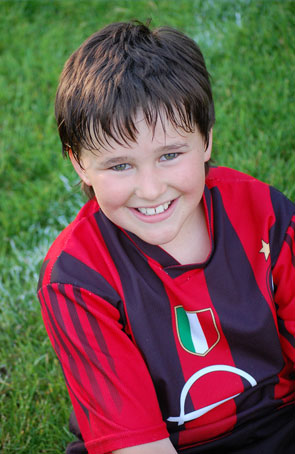Treatment Areas: Language - Phonological Disorders

A phonological disorder relates to an impairment in the system of sound patterns in a language.
A child with a phonological disorder may have difficulty producing a group of sounds correctly depending on the position within the word or what sounds are surrounding it. He or she may be able to say the sound in other contexts but not in the necessary context. For example, a child may have difficulty producing long sounds such as /s, z, f, v/ in the initial position of words. So he or she may say "dee" for see, "dish" for fish or "dip" for zip.
A phonological disorder is often described by the patterns the child uses in his/her language such as fronting, stopping, final consonant deletion, gliding or others. Children may use multiple phonological patterns which can significantly impact speech intelligibility to others. Although an articulation disorder also impacts the sounds a person uses, articulation disorders are related to the motoric ability to produce a particular sound or sounds while a phonological disorder has a basis in the language system.
A child with a phonological disorder may:
- be very difficult to understand, especially to people who are unfamiliar with the child.
- demonstrate frustration due to inability to communicate effectively.
- use gestures to supplement or replace verbal communication.
- demonstrate substitutions, omissions and distortions that involve many sounds, or groups of sounds related to manner or place of production.
- have difficulty producing a group of sounds correctly depending on the context within the word. For example, a child may have difficulty with all sounds that are produced in the back of the mouth, such as /k/ and /g/. In every context where he should use a /k/ or /g/ he may produce the sound in the front of the mouth substituting /t/ or a /d/ (saying "tat" for cat).
